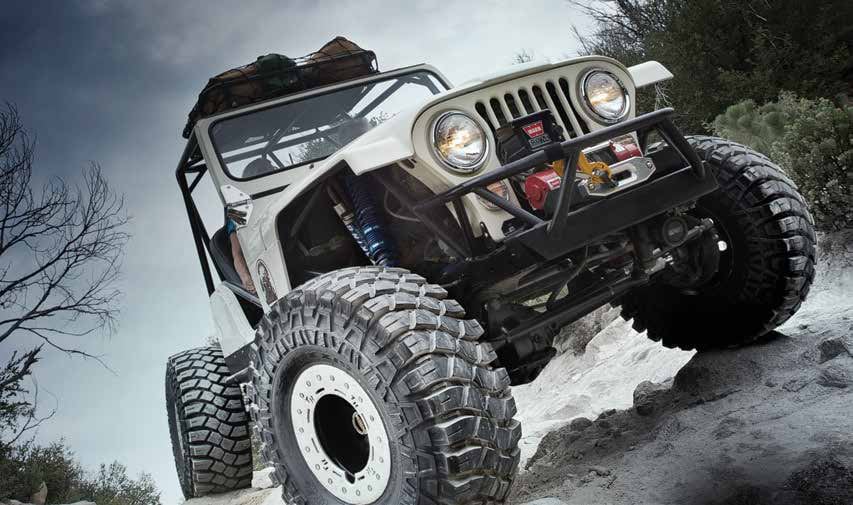4WDs were always meant to be used for much more than just transporting people. They were designed to take on the wild, be tested to the maximum, and let you easily explore the outback. However, before venturing off the beaten path, look for everything you’ll need in a 4WD store. Here are a few must-have 4×4 types of equipment to keep on hand if you’re heading into the wilderness.
Bullbar
Anyone will tell you that the most crucial part of your vehicle is the bit of metal in the front. Even though most 4WDs have a simple bumper protecting all of the main mechanical parts, they are vulnerable to the tiniest of hits. As the name implies, this metal bar connects to the 4WD’s front and acts as a buffer between what could try to stop you and yourself. When you are hundreds of kilometres from the next town, driving without a bull bar might endanger not just your automobile but your life. You’ll not only look the part of a dedicated motorist, but you’ll also be safe.
Snorkel for air intake
It’s best to keep a motor away from the water to avoid water entry, but it’s unavoidable if you pass through a river crossing. Snorkels reduce the chances of water leaking into the engine’s guts. When travelling over Australia’s dusty plains, 4WD snorkels are handy for getting cleaner, cooler air into the engine. The air intake is in the midst of all that sand being swept into the air. Any dusty air picked up while in convoy is forced out via gaps on the sides by the snorkel’s top. Snow might accumulate around the air intake and radiator during a snowstorm, so utilising a snorkel helps preserve excellent air in the engine.
Fuel tank for long-distance travel
When you’re out driving through large stretches of road, you may not be close to a petrol station – especially if you’re far from civilisation. While driving through challenging terrain, increased power quickly depletes your gasoline supply. Furthermore, pulling a trailer or a boat will quickly deplete your gasoline supply, providing you with a limited period with a full tank. Most extended tanks are compact and lightweight, allowing you to travel hundreds of kilometres without stress. Having that extra fuel for the day gives you peace of mind, but you’ll be able to plan when to fill up the tank and avoid the unpredictability of petrol costs at stations and roadhouses outside of town.
Dual batteries
While a single battery should suffice in most circumstances, if you need to utilise your 4WD’s winch or would like to add home comforts like a vehicle fridge, the battery’s charge is quickly depleted. If you’re out 4WDing, don’t bother with a jump start – hill or no hill. Establishing a dual-charging system eliminates this worry: the second will be ready to go if the first battery runs out. Camping with some amenities necessitates some power, where having an additional battery comes in handy. Sleeping under the stars is less stressful when using electrical equipment without emptying the car’s battery. Don’t forget to keep those Camping Sleeping Bags with you.
Lights for driving
Your vehicle should already have lights, but things can get tricky in less-than-ideal lighting conditions based on where you intend to drive. When driving in severe weather or at night, your vision will be impaired, and putting additional driving lights will assist you in getting through difficult situations. LED light bars can shine brightly in a small area, allowing you to see what’s ahead of you.
It’s fun to customise your four-wheeler. Bear in mind the laws of the area you’re driving while shopping at a 4WD store. You are subject to local laws when you drive your 4WD on public roads. A pricey ticket for a non-compliant car is the last thing you need to blow up dust



